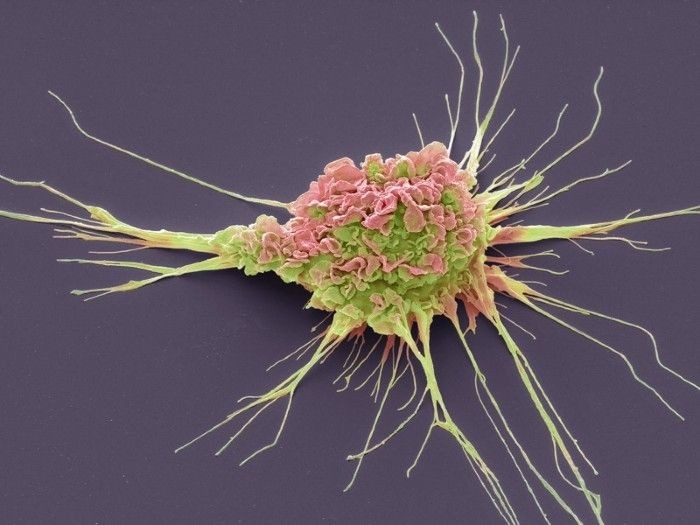Image Source: IANS News

Washington, February 22 (IANS): As NASA's Perseverance rover touched down on Mars last week, a new study by scientists at the US space agency and German Aerospace Centre has found that some microbes on Earth could temporarily survive on the surface of the Red Planet.
The researchers tested the endurance of micro-organisms to Martian conditions by launching them into the Earth's stratosphere, as it closely represents key conditions on Mars.
Published in the journal Frontiers in Microbiology, this work paves the way for understanding not only the threat of microbes to space missions, but also the opportunities for resource independence from Earth.
"We successfully tested a new way of exposing bacteria and fungi to Mars-like conditions by using a scientific balloon to fly our experimental equipment up to Earth's stratosphere," said Marta Filipa Cortesao, joint first author of this study from the German Aerospace Centre in Cologne, Germany.
"Some microbes, in particular spores from the black mold fungus, were able to survive the trip, even when exposed to very high UV (ultraviolet) radiation."
Understanding the endurance of microbes to space travel is vital for the success of future missions.
When searching for extra-terrestrial life, we need to be sure that anything we discover has not just travelled with us from Earth.
"With crewed long-term missions to Mars, we need to know how human-associated micro-organisms would survive on the Red Planet, as some may pose a health risk to astronauts," said joint first author Katharina Siems, also based at the German Aerospace Centre.
"In addition, some microbes could be invaluable for space exploration. They could help us produce food and material supplies independently from Earth, which will be crucial when far away from home."
Many key characteristics of the environment at the Martian surface cannot be found or easily replicated at the surface of our planet. However, above the ozone layer in Earth's middle stratosphere the conditions are remarkably similar.
"We launched the microbes into the stratosphere inside the MARSBOx (Microbes in Atmosphere for Radiation, Survival and Biological Outcomes experiment) payload, which was kept at Martian pressure and filled with artificial Martian atmosphere throughout the mission," explained Cortesao.
"While not all the microbes survived the trip, one previously detected on the International Space Station, the black mold Aspergillus niger, could be revived after it returned home," explains Siems, who highlights the importance of this ongoing research.






